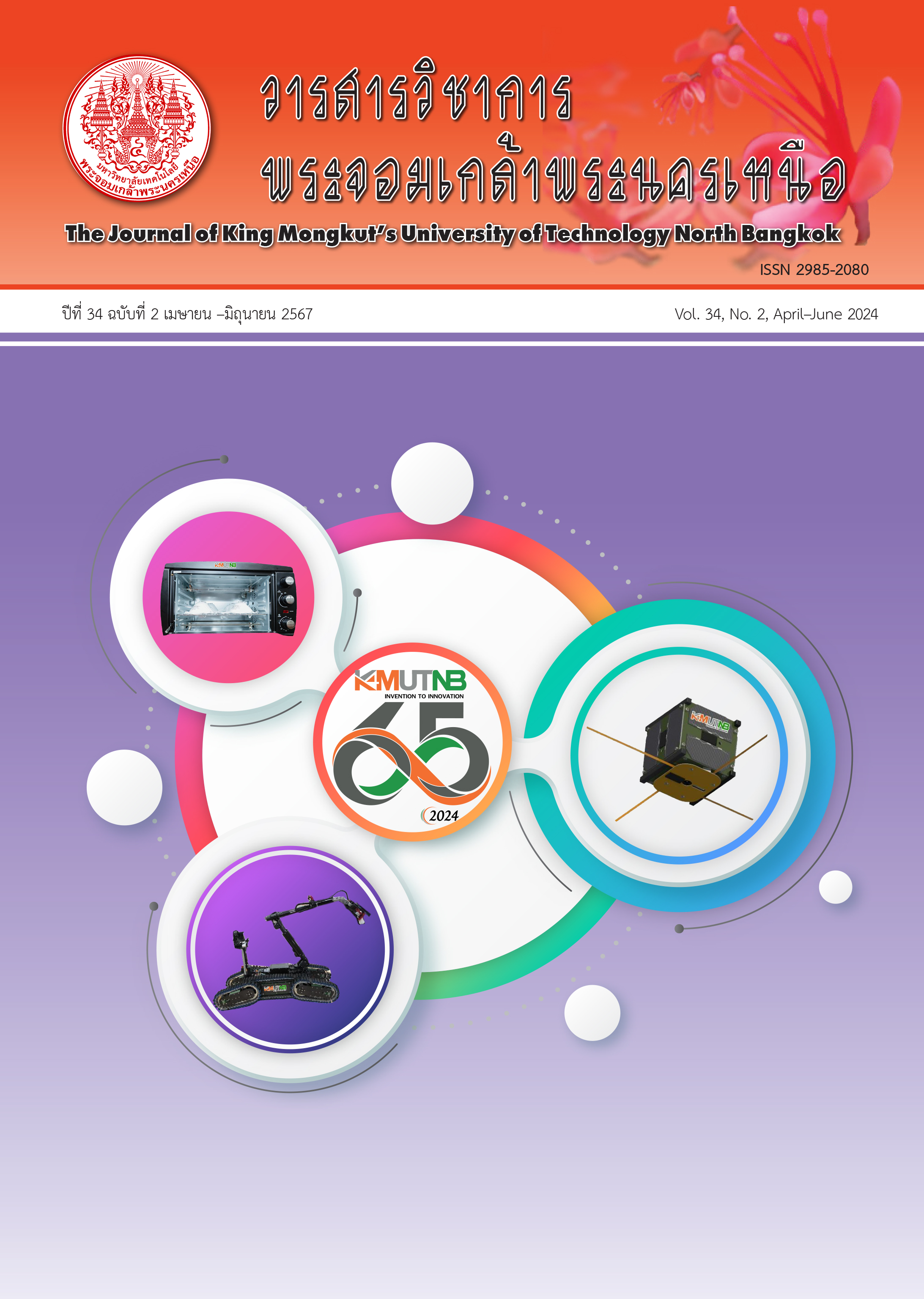การผลิตสารเคมีแพลตฟอร์มจากกระบวนการกลั่นทางชีวภาพของชีวมวลลิกโนเซลลูโลสและความสำคัญต่อภาวะโลกร้อนและเป้าหมายการพัฒนาอย่างยั่งยืน
Main Article Content
บทคัดย่อ
The world is facing an unprecedented environmental crisis, with increased emissions of greenhouse gases that have led to a rapid and steady increase in global temperatures and climate change, which in turn is causing catastrophic events all over the world [1]. In order to combat this issue, it is crucial to produce more sustainable and eco-friendly sources of energy and materials. Another important aspect of this approach is that it can help to achieve the United Nations Sustainable Development Goals (SDGs), particularly SDG 7 (Affordable and Clean Energy) and SDG 12 (Responsible Consumption and Production). Renewable energy technologies must develop significantly more quickly in order to achieve the SDGs, and steps must also be taken to provide a fossil fuel exit strategy [2]. This motivates scientists to create efficient energy produced from sustainable sources that will support society in the long term.
Article Details

อนุญาตภายใต้เงื่อนไข Creative Commons Attribution-NonCommercial-NoDerivatives 4.0 International License.
บทความที่ลงตีพิมพ์เป็นข้อคิดเห็นของผู้เขียนเท่านั้น
ผู้เขียนจะต้องเป็นผู้รับผิดชอบต่อผลทางกฎหมายใดๆ ที่อาจเกิดขึ้นจากบทความนั้น
เอกสารอ้างอิง
S. Soponronnarit, “thailand’s energy situation and strategic guidance for reducing greenhouse gas emission,” The Journal of KMUTNB, vol. 29, no. 3, 2019 (in Thai).
V. Phakeenuya and N. Kitiborwornkul “Recent progress in biorefining process for production of biofuels, biochemicals and biomaterials from lignocellulosic biomass,” The Journal of KMUTNB, vol. 34, no. 4, 2024 (in Thai).
T. Ruensodsai and M. Sriariyanun “Sustainable development and progress of lignocellulose conversion to platform chemicals,” The Journal of KMUTNB, vol. 32, no. 4, 2022 (in Thai).
M. Sriariyanun and K. Kitsubthawee, “Trends in lignocellulosic biorefinery for production of value-added biochemicals,” Applied Science and Engineering Progress, vol. 13, no. 4, 2020 (in Thai).
M. P. Gundupalli and M. Sriariyanun, “Recent trends and updates for chemical pretreatment of lignocellulosic biomass,” Applied Science and Engineering Progress, vol. 16, no. 1, 2023 (in Thai).
C. Chuensangjun, N. Kongklom, and M. Sriariyanun, “Bioplastic: From research to innovation and implementation against global warming,” The Journal of KMUTNB, vol. 30, no. 2, 2020 (in Thai).
T. Phusantisampan and N. Kitiborwornkul, “Progress in chemical pretreatment of lignocellulose biomass for applications in biorefinery,” The Journal of KMUTNB, vol. 32, no. 4, 2022 (in Thai).
E. J. Panakkaland and M. Sriariyanun, “Valorization of lignocellulosic biomass to value added products,” The Journal of KMUTNB, vol. 33, no. 1, 2023 (in Thai).
D. Jose, N. Kitiborwornkul, M. Sriariyanun, and K. Keerthi, “A review on chemical pretreatment methods of lignocellulosic biomass: Recent advances and progress,” Applied Science and Engineering Progress, vol. 15, no. 4, 2022 (in Thai).
M. N. F. Norrrahim, R. A. Ilyas, N. M. Nurazzi, M. S. A. Rani, M. S. N. Atikah, and S. S. Shazleen, “Chemical pretreatment of lignocellulosic biomass for the production of bioproducts: An overview,” Applied Science and Engineering Progress, vol. 14, no. 4, 2021 (in Thai).
S. Areeya, E. J. Panakkaland, M. Sriariyanun, T. Kangsadan, A. Tawai, S. Amornraksa, U. W. Hartley, and P. Yasurin, “A review on chemical pretreatment of lignocellulosic biomass for the production of bioproducts: Mechanisms, challenges and applications,” Applied Science and Engineering Progress, vol. 16, no. 3, 2023 (in Thai).

